It’s almost a sin to be unaware about this weekly British science fiction anthology comic that is on its way to celebrate its 44th anniversary since its inception. 2000 AD, initially published by IPC Magazines, is the brainchild of comic writers Kelvin Gosnell, Pat Mills, and John Wagner.
This comic with its electrifying demolitions and primal violence has created quite an impact in the pulp society. The authors of this comic used science fiction to generate punk anti-authoritarian notion into something so interesting that it was immediately able to enthrall its audience.
2000 AD is undisputedly the ‘galaxy’s greatest comic’ even after it got purchased by Rebellion Developments in 2000. This video will focus on ten of the adult, gritty, anti-heroes of 2000 AD that every comic book lover is bound to love.
Judge Dredd
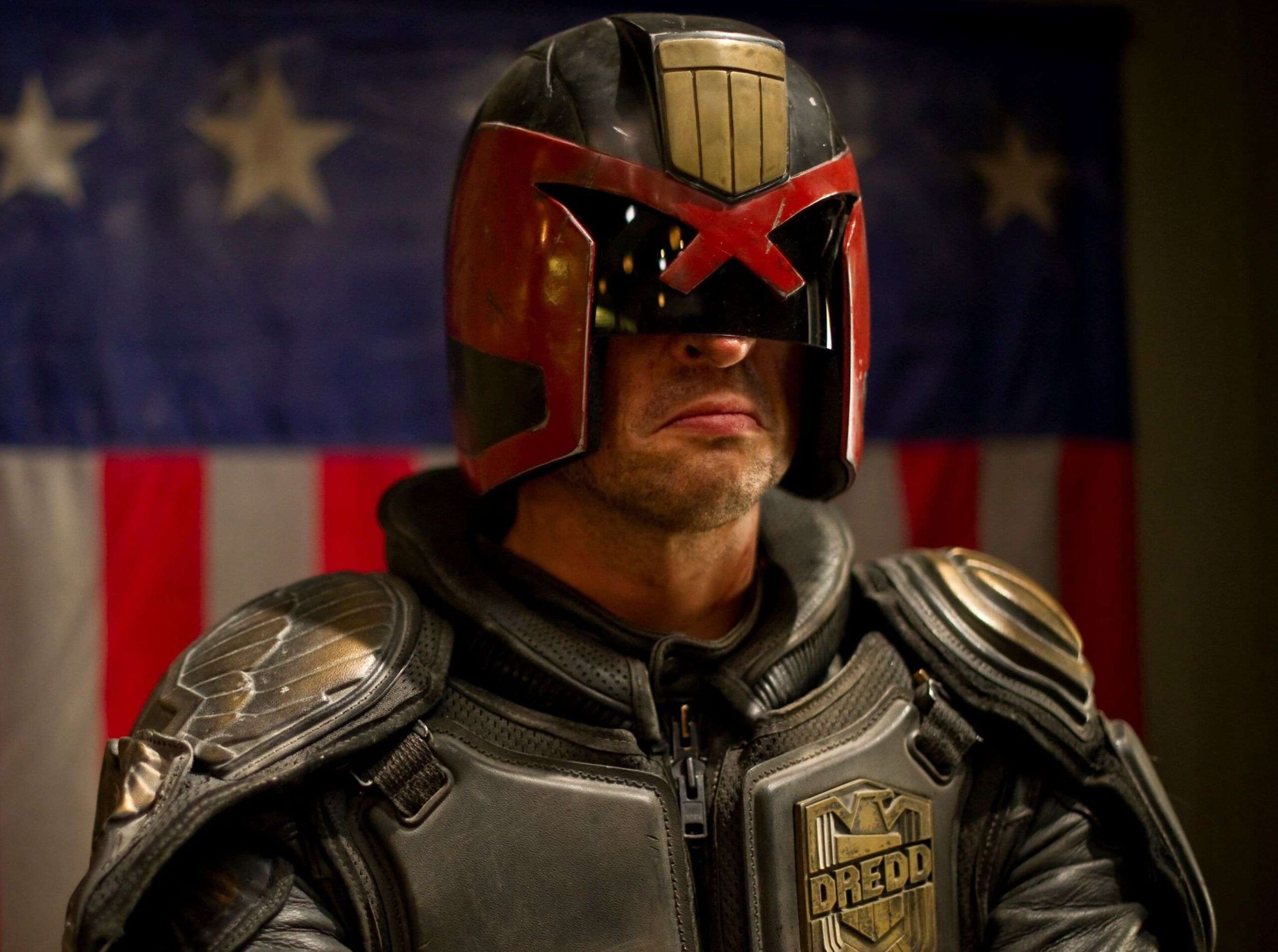
Judge Dredd remains the center of any conversation related to 2000 AD. This law enforcement officer in the dystopian city of Mega-City One, Judge Dredd is a ‘street judge’ of sorts who has the authority to play judge, jury, and executioner. Judge Dredd, who makes his first appearance in 1997 in the second issue of the magazine, became its longest running character with two live-action portrayals on screen with a bunch of video game adaptations.
Dredd has made his appearance on radio plays and pinball machines. Created by writer John Wagner, artist Carlos Ezquerra, and Editor Pat Mills, the world of Dredd highlights the dictatorship exercised by law enforcement and how the management is far from taking responsibility of the injustices whose brunt is borne by the civilians.
A number of tales spun around this character has added not only to his characteristics but to a larger storyline. We have famous stories like The Return of Rico, Block Mania, The Apocalypse War, City of the Damned, and America, where one gets to witness Dredd as an extremely compound character.
The audience might find themselves thinking why Dredd’ face is never revealed to which John Wagner explains later stated, “It sums up the facelessness of justice – justice has no soul.” In a way, this adds to the mysterious charms of the character. As far as equipments are concerned, Dredd is the proud owner of a Lawmaster, a futuristic, heavy-duty motorcycle that is his prime means of transportation.
As for weapons, he has a DNA-coded handgun called Lawgiver, a pump-action shot gun called Scattergun, and a boot knife called Daystick. Do watch out for Judge Dredd, as he continues to be one of the most underrated, gritty 2000 AD anti-heroes that one will ever come across.
Rogue Trooper

Created by writers Gerry Finley-Day, Gordon Rennie, and artist Dave Gibbons, Rogue Trooper made his debut in the in 1981 in the 228th issue of the magazine. Rogue is a blue-skinned Genetic Infantry man, genetically engineered to fight in an interminable battle between the Norts and the Southers on the planet Nu-Earth, instantly became a hit, gaining a massive following in the process.
Rogue Trooper accounts the adventures of Rogue on the lookout for Traitor General, who had disclosed the location of the troops to the Norts. Rogue, having been the sole survivor of the ambush, swears to take revenge on the general.
He and his comrades, who happen to be in the form of biochips – Gunnar on his riffle, Bagman on his backpack, and Helm on his helmet effortlessly carry out the mission. It would not be wrong to say that the comic series did struggle for a while post General Traitor’s elimination, but with Gibbons back with a relaunch of the series in 1989, Rogue Trooper was back again, and this time with a big bang!
The flavour of the series was kept intact, only with the addition of Rouge’s biochip associates upgraded as a conventionally spiritual companion. The story, War Machine, however, had on display a new version of the character known as Friday. While it appeared till 1996, the primary character of Rogue Trooper was brought back in 1999, and since then, all stories have had the original Rogue, making its way to a number of 2000 AD crossovers.
Rogue, who is resistant to almost every kind of poison, is capable of immersing in strong acid, and still be unaffected. Apart from this, he can even sprint for sixteen hours straight without a break, which shows how his level of strength is greater than any normal human being, and his rifle that has the biochip of his comrade, Gunnar, mounted, gets activated the minute Rogue gets hurt. Rogue is quite the 2000 AD anti-hero, whom you must explore if you still have not!
Strontium Dog
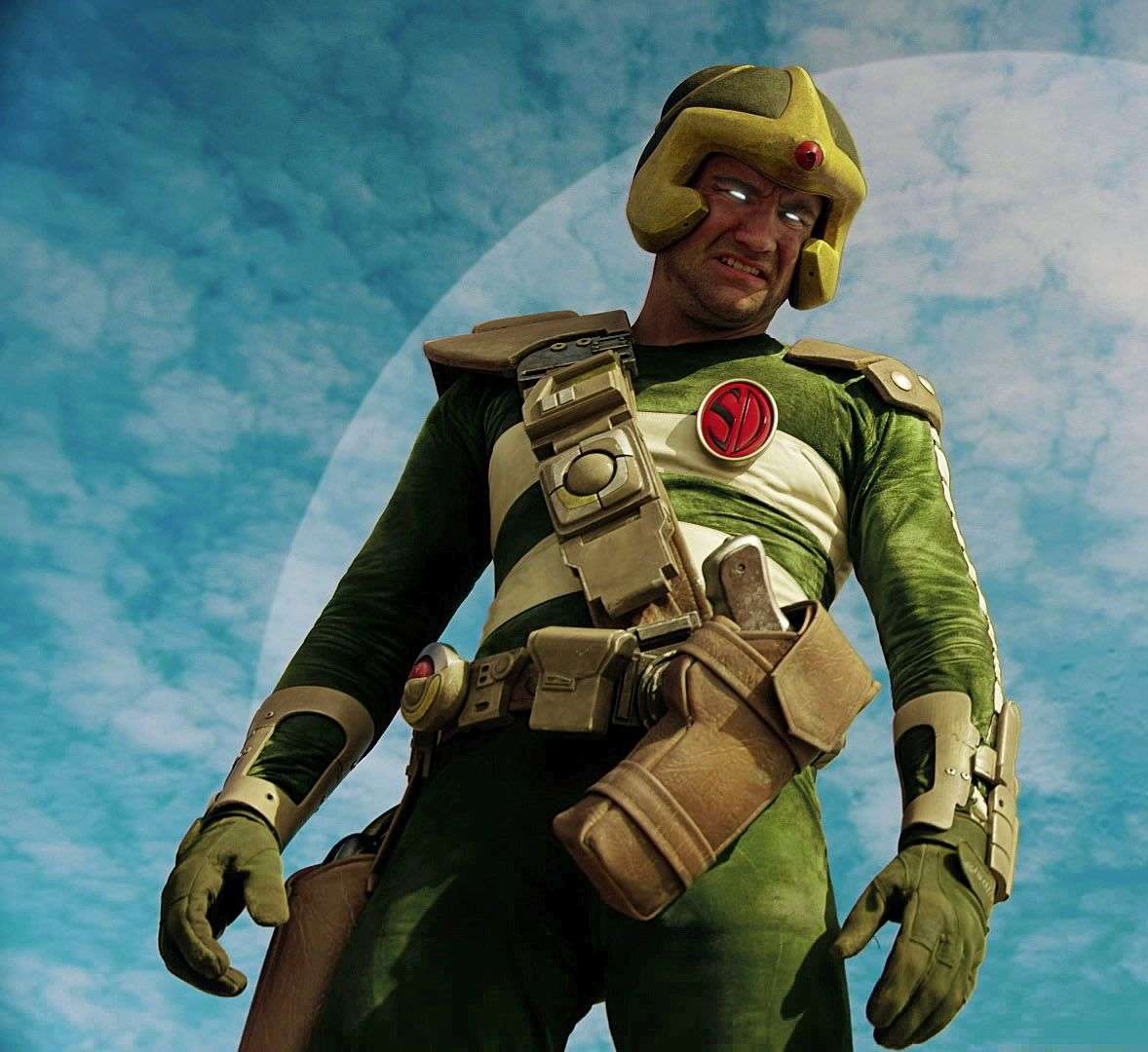
There is only one who could match up to Judge Dredd and that’s Strontium Dog’s Johnny Alpha. Created by the same creator of Judge Dredd John Wagner and Carlos Ezquerra, this character first appeared in a Starlord, a short-lived weekly science fiction comic book magazine. Its principal hero is a mutant by the name of Johnny Alpha.
He has glowing eyes which help him see through objects and read minds. The Great Nuclear War of 2150 sees a steep rise in the birth of mutants from the exposure to Strontium-90, a radioactive isotope. Unlike the regular portrayal of mutants with physical abnormalities, the mutants depicted here are subjugated and a minority group almost to the extent of being eradicated.
This eventually gives birth to a Mutant uprising of 2167 with Alpha as their leader. As the son of an orthodox politician out to exterminate mutants, Alpha becomes a bounty hunter. He travels with his human partner Wulf Sternhammer through space and time and takes up jobs that no ordinary being would dare to do.
It can be said that Alpha is exceptionally skilled and proficient at blending his mutant supremacies with hand-to-hand fight as well as artillery. Always guarded with innovative technology, his equipment boasts a mutable cartridge blaster, electrified brass knuckles, a teleporter, a time device that can rewind back time and time bombs, which are capable of transferring somebody ahead or behind in time.
What’s even more intriguing is the fact that he can use his glowing gaze to impose massive headaches on his enemies, or let’s say, even make them see what he wants them to. Don’t believe us? Well, all you need to do is just go through the story, Judgement Day, where his character literally made Sabbat the Necromagus convince that the real Grim Reaper stood right behind him.
To those of you, who might be wondering if Johnny Alpha has appeared anywhere else apart from comics, well, he has in a couple of books, computer games, and radio sessions.
The Ballad of Halo Jones

Written by Alan Moore and drawn by Ian Gibson, The fictional Halo Jones made its debut in 1984 in the weekly British comic. Soon enough it went on to become a prime character of 2000 AD. For starters, the idea of building the comic strip around an everyday, insignificant woman, especially one who is very characteristic of the place that she lives in, is primarily what sets the tone of Halo Jones, and irrefutably makes it different from the rest.
The three books revolving around her have on display Jones bidding goodbye to her life in The Hoop, becoming a stewardess on a space voyage, and then finally ending up as a frontline soldier serving in a Vietnam-style guerilla intergalactic war.
The collection of books co-created by Moore and Gibson form the basis of a very well-executed futuristic world, and while they do make a solid narrative, the initial plan was to make the series have nine books. But things did not really materialize after Moore quit writing for 2000 AD because of a rights disputation considering the character. However, since the publication of the third book in 1986, fans of the series have been speculating on the possibility of having Halo back for more quests.
Fans are right to speculate since the last book left an open window for Halo’s return to the comic, given that her character was last seen taking a spaceship and leaving, absolutely resolute in taking control of her own destiny. Well, one can only wait to have her back!
ABC Warriors

Co-created by Pat Mills, Kevin O’Neill, Mike McMahon, and Brendan McCarthy, ABC Warriors, made its debut back in the 119th issue of 2000 AD in the year 1979. To those of you wondering about the acronym in the name, ABC Warriors happen to be a squad of war robots, made to endure ‘Atomic,’ ‘Bacterial,’ and ‘Chemical’ warfare.
The team was created to be a part of the everlasting Volgan War, something that Pat Mills had described earlier in a number of 2000 AD series. After the war ended, the core team of seven warriors, also nicknamed ‘The Meknificent Seven’, was sent to Mars on a mission to make the planet safe for the human settlers there.
Post their successful mission, the Warriors separated, each going their own way. One of the most interesting things about ABC Warriors is how it manages to provide an ongoing foundation aligning a number of series of 2000 AD in a comprehensible timeframe, connecting the universe of Judge Dredd with the world of Nemesis, amongst many.
Also, one would be entirely wrong to disregard this comic as just some strip about enormous fighting robots. While it happens to be that, there’s a lot more to it as we get to see these robots highlighting some major themes revolving around duty, order, and ‘khaos’. Do watch out for the ABC Warriors, who happen to be quite the underrated, gritty anti-heroes of 2000 AD.
Sláine
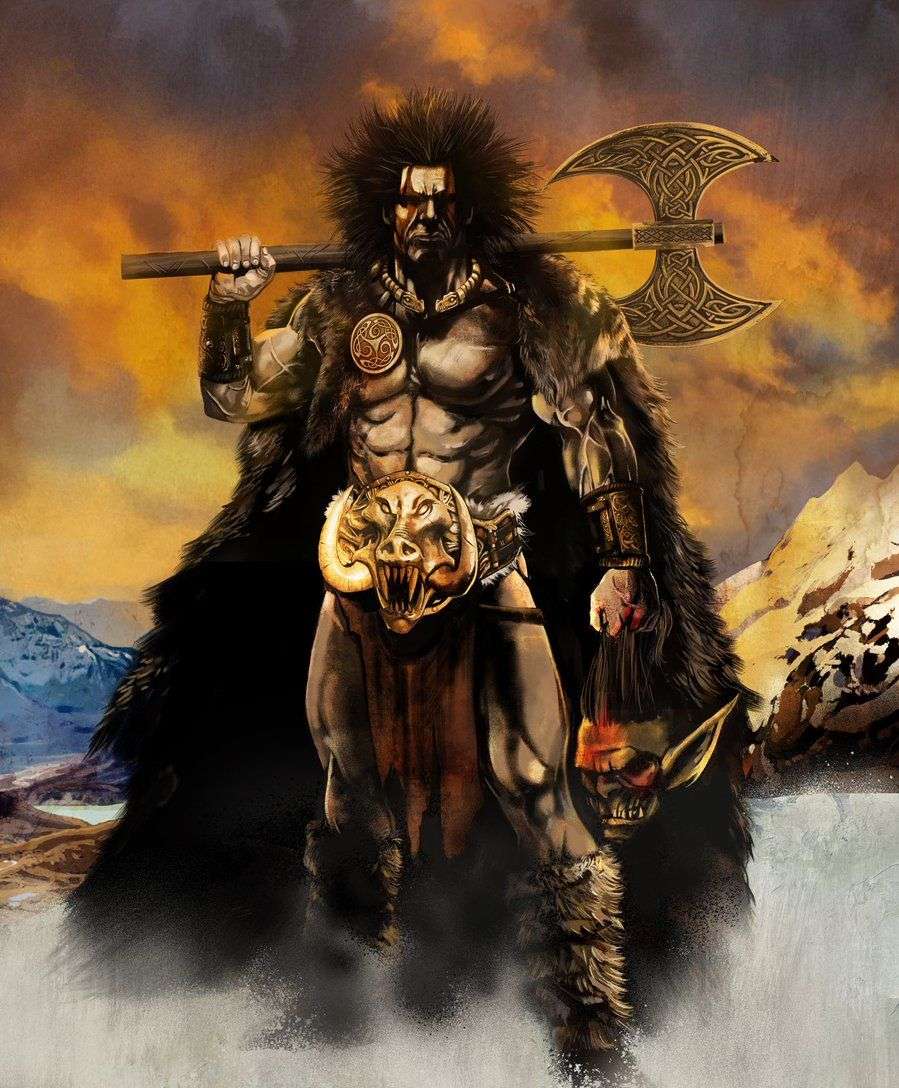
Sláine was created in 1983 by Pat Mills and his then-wife Angela Kincaid. This Barbarian fantasy adventure series comic strip based on Celtic mythology followed its protagonist Sláine who is a wanderer in exile and is exploring the Land of Young.
His companions include his favourite weapon Brainbiter along with a dwarf named Ukko. It should come as no surprise to know that he makes his way fighting numerous beasts, demons, creatures from the other dimension, and even himself at times. His warp spasm power can alter him into a frightening, preposterously powerful entity.
The character of Sláine eventually returns back to his tribe, the Sessair, which had banished him, and there from leading it to unifying all the other tribes in war, he becomes the King of Ireland. One of the key highlights of the series certainly happens to be its art which some see as quite detailed while the others view it as ridiculous.
However, this is what sets it apart from other fantasy characters. Artists Simon Bisley and Simon Davis deserve a special mention for being able to portray the savage world of Sláine beyond perfection.
Sinister Dexter

Sinister Dexter is premised on two hitmen Finnigan ‘Finny’ Sinister and Ramone ‘Ray’ Dexter based in the city of Downlode. This was co-created by Dan Abnett and David Millgate. The duo made their debut in 1995 and since then, the comic strip has followed them as they steer through a multitude of conflicts, which operate the metropolis’s underworld.
Their task revolves around taking jobs, giving protection, and schooling the new gun sharks. So, while in certain scenarios, we have seen the duo escaping from prison, saving the world from a corresponding universe mob boss, the recent ones have re-established Finny and Ray as the hitmen.
In an astounding revelation, the inspiration behind Sinister Dexter came from the characters of Samuel L. Jackson and John Travolta in Quentin Tarantino’s 1994 American neo-noir black comedy crime film, Pulp Fiction. Well, it is a different thing that the character of Dexter is made to look like the very talented Wesley Snipes.
Nonetheless, it is a sheer delight to watch Sinister as the superstitious Irish poet and Dexter as the chic Spanish pop-culture enthusiast blend in so well. Although the killer duo is known to be quite brutal, their alluring charms happen to add to their character. Not to mention, the fact that they do not harm the innocent only adds to their charisma.
Tharg’s Future Shocks
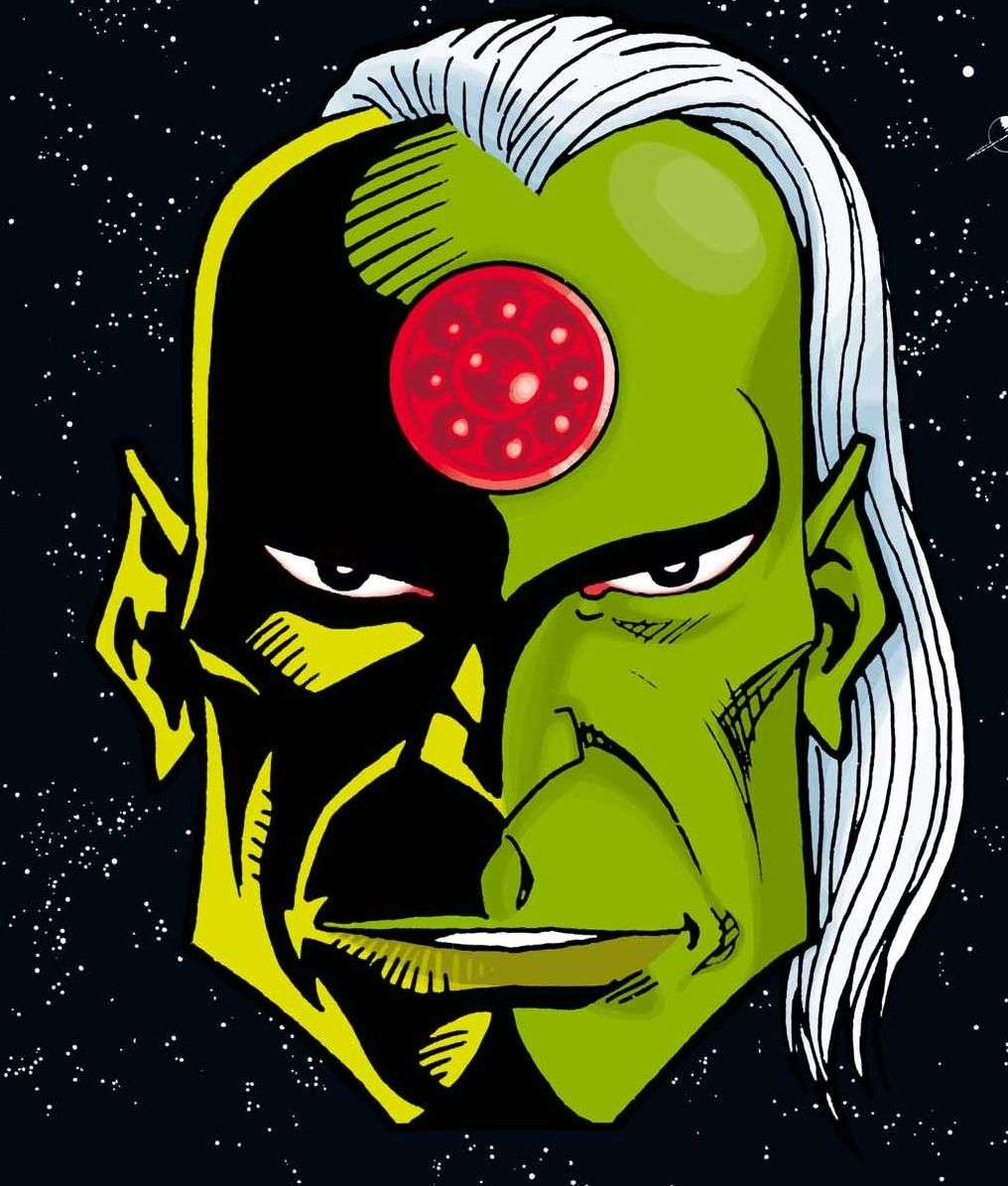
There’s a possibility that this long-running series of short strips might not have been the main feature in the British weekly comic, 2000 AD. But the style in which the spirit of the anthology has been encapsulated deserves a special commendation.
The anthology series that made its debut in the 25th issue of 2000 AD, successfully established the style of the series, which would be a two or three-paged short science fiction story blended with an unimaginable flip in the end. Building a solid ground for artists, writers, and creators such as Peter Milligan, Alan Moore, Alan Davis, Grant Morrison, and Neil Gaiman, this extraordinarily simple idea had most of these talented people’s initial work published in Tharg’s Future Shocks.
The titular character Thrag’s presence is too powerful to be overlooked. While Thrag’s crypt keeper-esque appearance may appear a little old-fashioned as compared to today’s standards but his united presence across eras in the series cannot to overlooked.
While the change of the content is unavoidable, what is significant is that Tharg will remain no matter what. Do not even think of missing out on this underrated anti-hero of 2000 AD.
Judge Anderson: Psi-Division
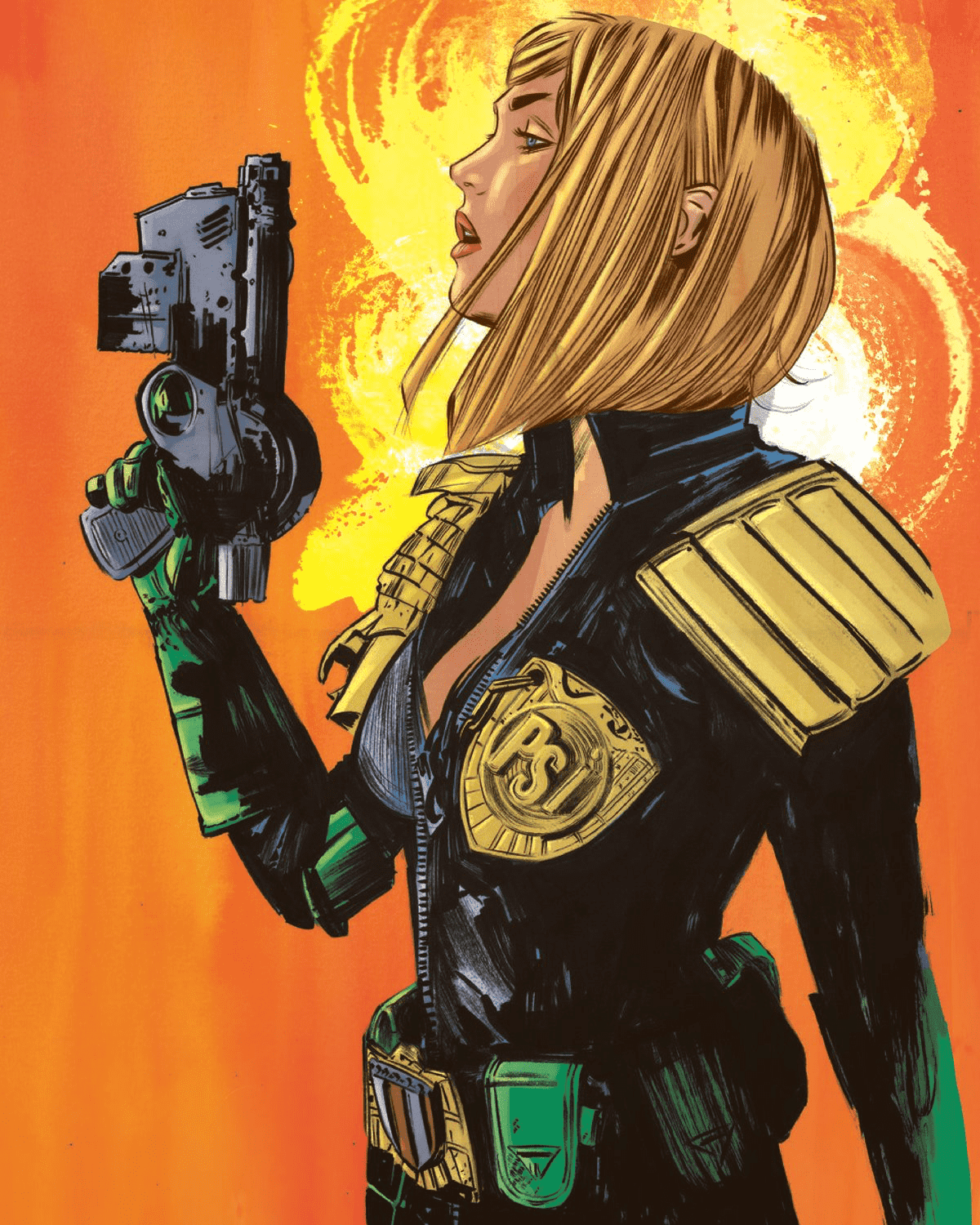
When it comes to spinoffs in the world of comics, they are mostly unavoidable, and with an exciting character like Judge Dredd, spinoffs are meant to happen. So far, the most noteworthy Judge Dredd spinoff is that of Judge Anderson in the strip Judge Anderson: Psi Division.
This fictitious psychic law enforcer, introduced by writer John Wagner and artist Brian Bolland, first appeared as a supporting character in the story of Judge Death, the 150th issue of 2000 AD in 1980. Her character became so popular amongst the fans that it led her to star in her own series called Anderson: Psi-Division.
From making an appearance in her own series, and along with Dredd, the character of Anderson sets a way more fitting face on the dystopian metropolis of Mega-City One. Anderson balances the uncompromising ethics of Dredd with her humanist approach.
If you carefully happen to follow these comic strips, you will know that both these characters by now have grown old in real time since the duo marked their first appearances, and this undoubtedly makes them the chief and also older protagonists in the world of comics today.
Known primarily for her psychic and pre-cognitive skills, her solo series tend to take on a more noticeably superhuman tone than her core Dredd series. Also, not many happen to know of this but there is a prevalent mix-up that the co-creator Brian Bolland had based the character of Anderson on famed American singer, songwriter and actress, Debbie Harry.
Bolland’s Anderson has got nothing to do with Harry; in fact, it was later reported that the comic’s blonde female assistant editor at the time was the actual inspiration for Anderson’s character.
D.R. & Quinch
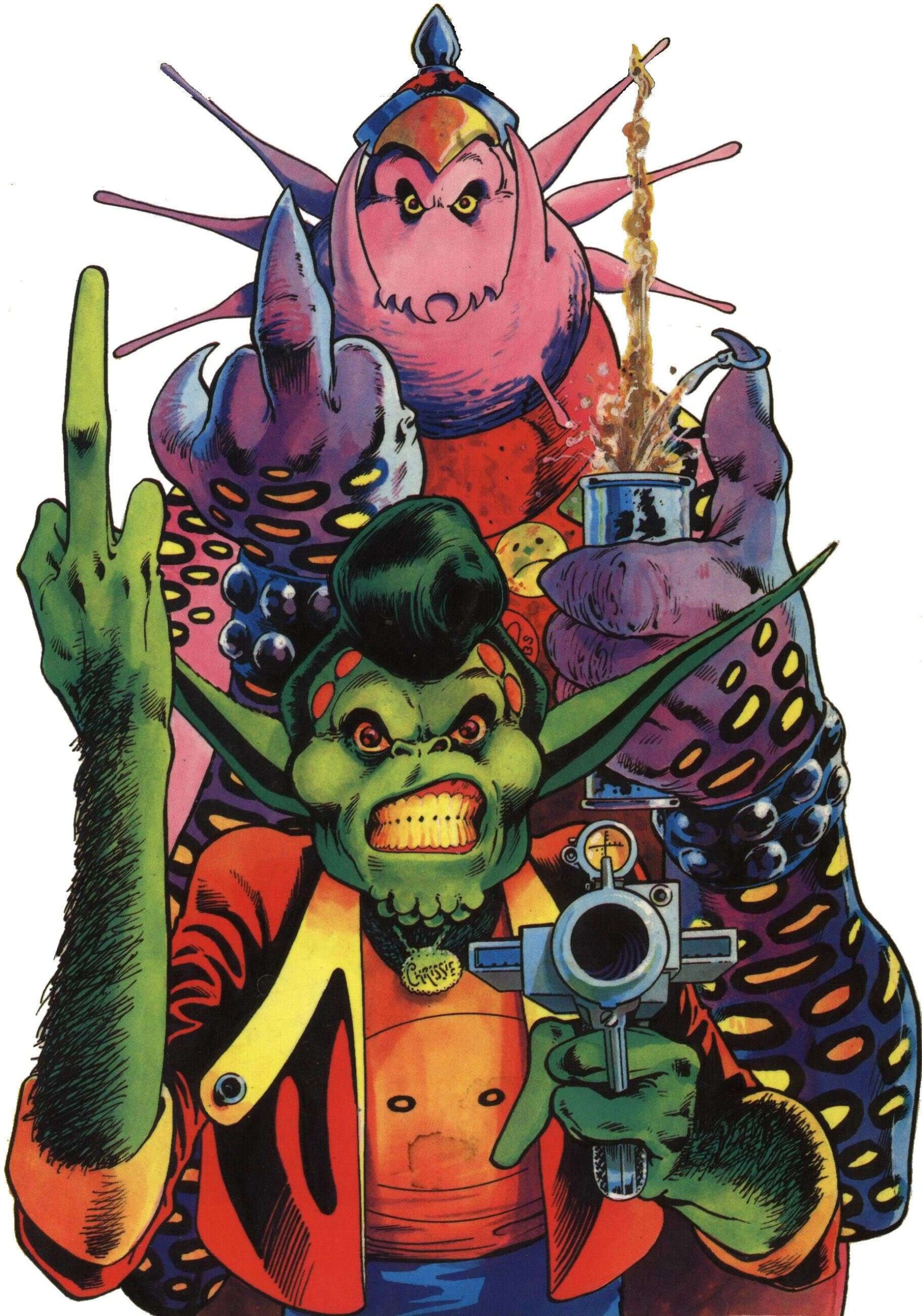
Co-created by Alan Moore and Alan Davis for the British weekly comic anthology 2000 AD, this comic strip was about two criminal alien drop-outs. It made its debut in 1983, alien teenage students Waldo ‘Diminished Responsibility’ Dobbs, and Earnest Errol Quinch travel to Earth with the help of a time machine, and determines countless events in the human history through their repeatedly vehement mishaps.
While D.R. happens to be a devious criminal mastermind, Quinch, on the other hand, happens to be his beefy purple-skinned partner in crime. Do believe us when we tell you that D.R. & Quinch might perhaps be one of the best fun comic books that Moore has ever worked on. While Davis’ work of art boasts its customary quirkiness, it is Moore’s connection to the title, which is quite startling, especially when one takes a look at the seriousness of his works.
The series unruly humor got it much appreciation and it ended up winning the 1985 Eagle Award for Character Worthy of Own Title. The supporting cast who played the characters Crazy Chrissy, who happens to be D.R.’s girlfriend and Pulger, the paranoid veteran of the Ghoyogi slime jungle wards were both nominated in the Favorite Supporting Character category.
This series has continued to maintain a reputation since its maiden publication. Therefore it was quite the shocker when D.R. & Quinch was halted after the release of its fifth complete stories.
